Which cable is best to use for wiring in an apartment
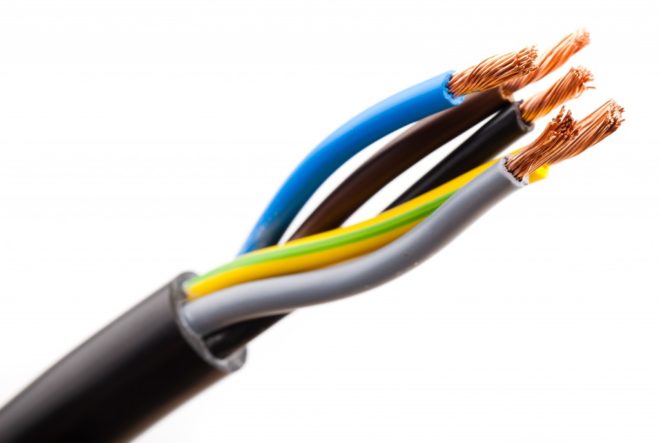
Renovation work in an apartment involves many aspects that require certain financial costs. An important point is the replacement of the wiring. Often, the owners of residential areas are trying to save on new cables for more effective finishing work, but this approach can lead to negative consequences. In order to choose the right cable to use for wiring in the apartment and at the same time not to lose money and time, you need to know the nuances of electrical work.
Content
What is the difficulty of choosing
Replacing the wiring is mainly needed in such cases:
- Age of construction and, accordingly, wires.
- Burnout of the wiring due to a short circuit (most often this is a consequence of the first reason).
- Major repairs and redevelopment of the apartment.
The question of changing the wiring arises at the first stage of repair work. To implement it, it is advisable to think over the electrification scheme of the room from scratch and, according to the calculations, choose and purchase high-quality wires that meet all the requirements.
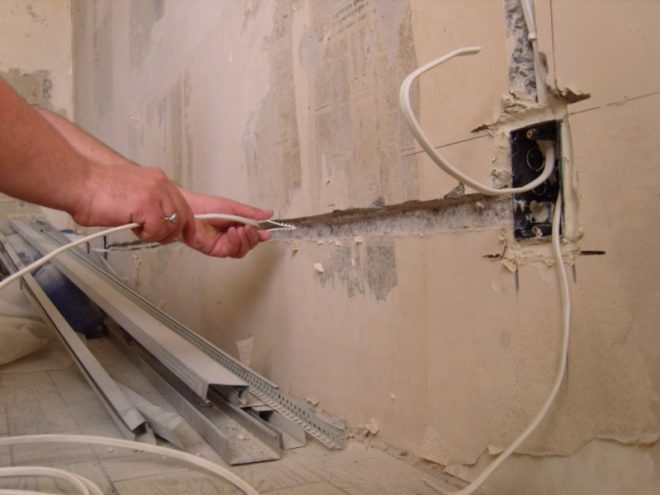
What kind of cable to use for wiring in the apartment will be answered by any experienced electrician. The difficulty lies in choosing the right manufacturer, because the construction market is vast and the choice of wiring is complicated by the abundance of these products. You need to know not only what you need to buy, but also how not to purchase a fake or just poor-quality wiring - this can cause difficulties even for a professional electrician.
In any case, you need to choose wires for mounting new wiring together with a specialist. A trained technician with practical experience and all the necessary approvals will help you select home wiring cables that will last for many years.
Criterias of choice
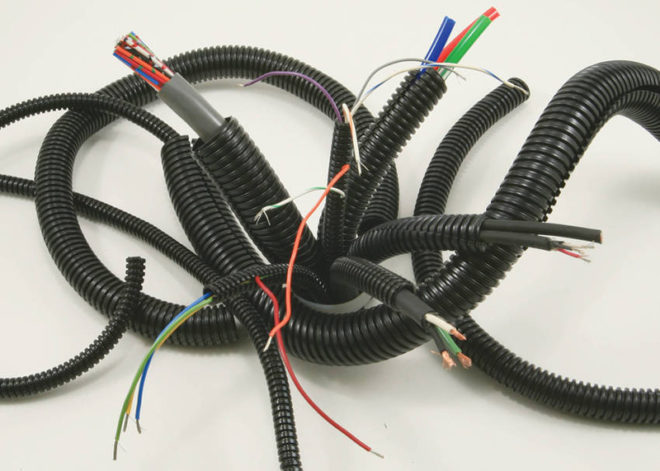
To determine which wire to buy and use for wiring in a house or apartment, you first need to study the standard characteristics of power cables. It includes the following items:
- Cable device.
- Material from which the veins are made.
- Bandwidth.
- Insulation sheath thickness.
- Marking quality and color.
- Availability of certification documents.
- Appearance.
When purchasing a cable for electrical wiring in an apartment, you must remember that the selected material must comply with all the provisions of the PUE. An experienced craftsman will help you make your choice, but in order not to act blindly, you need to study the characteristics of wires and cables yourself.
Aluminum or copper
Not everyone knows about the PUE requirements, which determine which cable is better to choose according to the material of the conductors - this question can still often be heard often from people who have begun repair work. There is only one answer - this is definitely a cable with copper conductors. Only they have the necessary characteristics for the safe and smooth operation of electrical equipment in a house or apartment.
For comparison, you can give a qualitative characteristic.
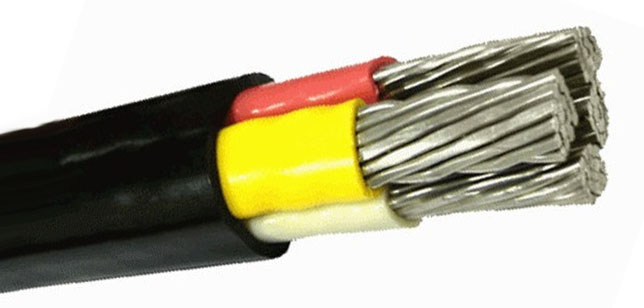
Aluminum:
- Low conductivity.
- Insufficient strength and bendability.
- Short service life due to rapid oxidation.
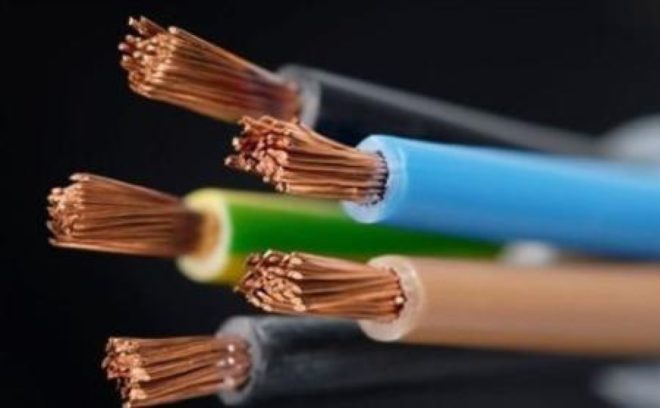
Copper:
- Strength and elasticity.
- High electrical conductivity.
- Long service life.
Despite the obvious differences between aluminum and copper wires, the first of them still continue to be used for laying household electrical wiring.This is due to the high cost of wiring with a copper base, but here you need to understand that this is a one-time gain, because if you take the long term, copper wins in all respects and fully pays off due to its durability.
Arrangement of cables
According to the method of manufacturing conductive cores, structurally cables are divided into two main types: single-wire and multi-wire. The solid core uses one solid wire, making the cable stiffer and more susceptible to frequent bends. Stranded wires consist of many small veins intertwined with each other - this makes the wire flexible, withstanding multiple bends.

The manufacturing technology of stranded wires is somewhat more complicated, therefore such wires are more expensive than single-wire ones, but they are approximately equal in conductive properties (if you do not delve into high matters, like "current spreading over the surface of a conductor" and so on).
It is impossible to unequivocally answer which wire by design to choose for wiring in an apartment, since theoretically both varieties can be used with some reservations as wiring. If funds allow, they still try to use wires with stranded conductors, cables, since they are more plastic and better suited for outdoor and hidden ways of laying wires at the same time. Their disadvantage is the need for additional tinning of the ends of the wire when installing the sockets - otherwise, contact may deteriorate over time.
The different types of cables are discussed in detail in the following videos:
Choosing a section
When deciding how to choose the required thickness of the cable cores, it is necessary to assume that the available equipment will surely change over time, therefore, when buying wires for internal wiring, you need to take into account the power reserve. That is, about a third of the value must be added to the calculated value of the expected load.
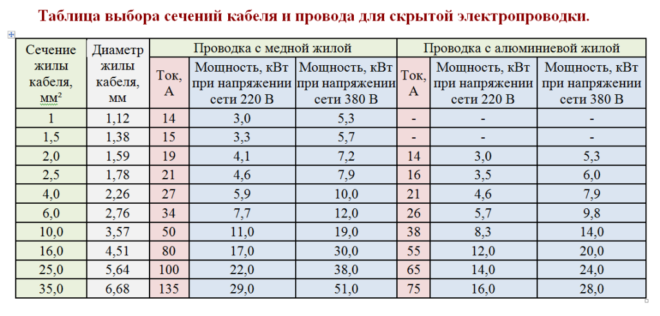
The easiest way in such a situation is to play ahead and lay electric cables with larger conductors in the apartment. This will save you from possible rework in the future.
To choose a cable with the required bandwidth, you need to pay attention to the marking - the tag must contain all the necessary data on the cross-section of the conductors.

If you just make the wiring with a margin, without delving into the calculations which wire cross-section is better to choose, you can be guided by the following values:
- 1.5 mm² for lighting.
- 2.5 mm² for conventional sockets.
- 4-6 mm² for sockets to which powerful consumers of electric current will be connected - ovens, electric stoves, etc.
It should be noted that manufacturers, noting the throughput in the marking, can indicate calculated, and not real data, taking advantage of the fact that some error is included in the technical specifications or GOSTs and small discrepancies are quite acceptable. Here it is better not to risk it and, for reinsurance, purchase electrical wires with a par value greater than it really is.
For more information on choosing a wire size, see this video:
Isolation is an integral part of safety
Each single or multi-core cable has an insulating sheath. Most often they are made of PVC-compound of a standard type or with a low level of flammability. In some cases, polyethylene or polymers are used.

How thick the insulation of current-carrying conductors should be is determined by GOSTs. Wires for wiring in an apartment must be insulated with a layer of 0.44 mm or more. Anything less is already a violation.
The core sheath also has a standard thickness. For single-core cables, the norm is 1.4 mm, for multi-core cables - 1.8 mm.
Double insulation provides greater safety and protection of the cable from external damage.
Honest manufacturer
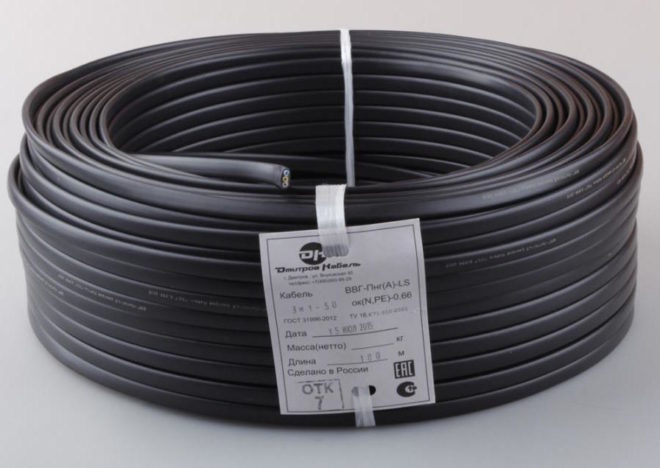
If it is quite possible to figure out the technical side of the choice on your own, then it is rather difficult to determine the quality of the purchased product. To buy a high-quality cable for wiring in an apartment, you need to pay attention to the following points:
- Quality of marking. The writing on the wire should be clear, clear and legible.
- Insulation color. It is solid as standard. In rare cases, there is a black stripe along the entire length. The presence of spots, streaks or additional patterns indicate a defective product.
- Packaging. Cables are always packed in coils or drums. Each package is accompanied by a tag with detailed information about the product.
- Certificates. The quality of the material can be checked by asking for documents - the cables are attached with certificates of conformity and fire safety.
- Appearance. Damage and dents are often indicative of poor transport and handling. Kinks, constrictions, abrasions can hide internal damage.
As a result
Buying a cable for installing electrical wiring has its own nuances, so the choice of materials must be taken seriously and responsibly. Before purchasing wiring, it is necessary to calculate the loads, determine the installation locations of the outlets and the methods of leading lines to them. The correct and rational approach will allow you to get high-quality electrical wiring that will serve without failures for more than a dozen years.
Knowing the above nuances, the purchase of a wire for home wiring should not be difficult, even if the person is not sufficiently "savvy" in technical matters. If the above explanations seem insufficient, then it is better to entrust the choice and purchase to the specialists who will carry out the installation.




